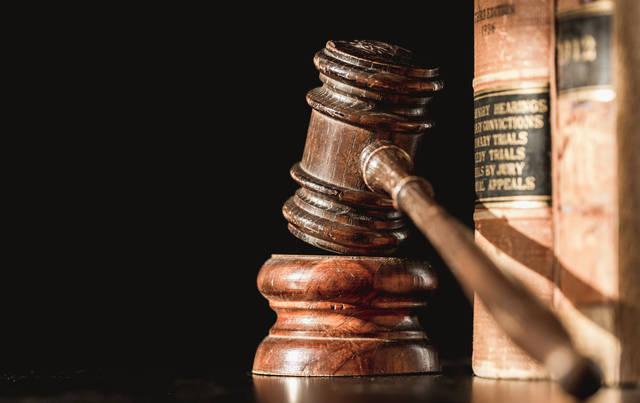|
Task force recommends eliminating state grand jury reports
By Deb Erdley
Pennsylvania should consider abolishing the kind of grand jury report that detailed extensive allegations of child sexual abuse among Catholic clergy, a task force of lawyers, judges and legal scholars said. In the report released last week, the result of a two-year review of the state grand jury system also recommended beefing up the secrecy surrounding state and county grand jury proceedings, including conducting sessions in buildings where witnesses could enter and leave without public scrutiny. But the seven-member panel was deeply divided. The task force’s recommendation was 4-3 in favor. Pennsylvania’s investigative grand jury procedures came under fire after highly publicized grand jury investigations into allegations of child sexual abuse against former Penn State assistant football coach Jerry Sandusky in 2011 and again last year after a statewide grand jury issued a report detailing rampant child sexual abuse by Catholic priests dating back seven decades. The Pennsylvania Supreme Court seated the task force and charged it with reviewing the state’s grand jury procedures in July 2017. Pennsylvania grand juries typically are seated at the request of district attorneys or the state attorney general to investigate organized crime and public corruption. The secret process that enables prosecutors to subpoena records and question witnesses behind closed doors can culminate in presentments calling for criminal charges or reports that detail a jury’s findings, name names and make recommendations for action short of criminal charges. State attorney general opposes recommendation Pennsylvania Attorney General Josh Shapiro, whose office issued the searing 800-page report on clergy sexual abuse in August 2018, took issue with the task force’s recommendation calling for the abolition of grand jury reports. The grand jury report that triggered changes in state law as well as promises of change within the Catholic Church came under fire because it named many priests who were either dead or could not be prosecuted because the statute of limitations had expired. Some of the priests named in the report went to court to try to block its release. Ultimately, the courts agreed to release the document with some names blacked out. “Without these reports, exposure of systematic child abuse, public corruption and other misconduct is almost impossible,” Shapiro said. “The reforms from our grand jury report on clergy sexual abuse, which passed the Pennsylvania Legislature (last) week, would not exist without these reports. “These are real issues that affect the lives of real people and this process remains a critical means to getting to the truth and addressing structural problems in need of reform.” The task force, chaired by Allegheny County Common Pleas Court Judge Anthony M. Mariani, took comments from lawyers, judges and legal scholars. It was sharply split in its report. “Ultimately, a 4-3 majority of the task force decided to suggest that the General Assembly abolish reports,” the 81-page document said. The report said four members of the task force cited significant due process concerns. Two of the three members who objected to eliminating the reports seemed to side with Shapiro, saying that “no other type of government report has been as effective at exposing official and institutional misconduct.” In addition to Mariani, task force members included Huntingdon County Common Pleas Court Judge George N. Zanic; attorney Sal Cognetti Jr. of Scranton; attorney Thomas J. Farrell of Pittsburgh; Wesley M. Oliver, associate dean of the Duquesne University School of Law; Philadelphia attorney Linda Dale Hoffa and Philadelphia attorney Ronald Eisenberg. Contact: derdley@tribweb.com
|
.
Any original material on these pages is copyright © BishopAccountability.org 2004. Reproduce freely with attribution.
